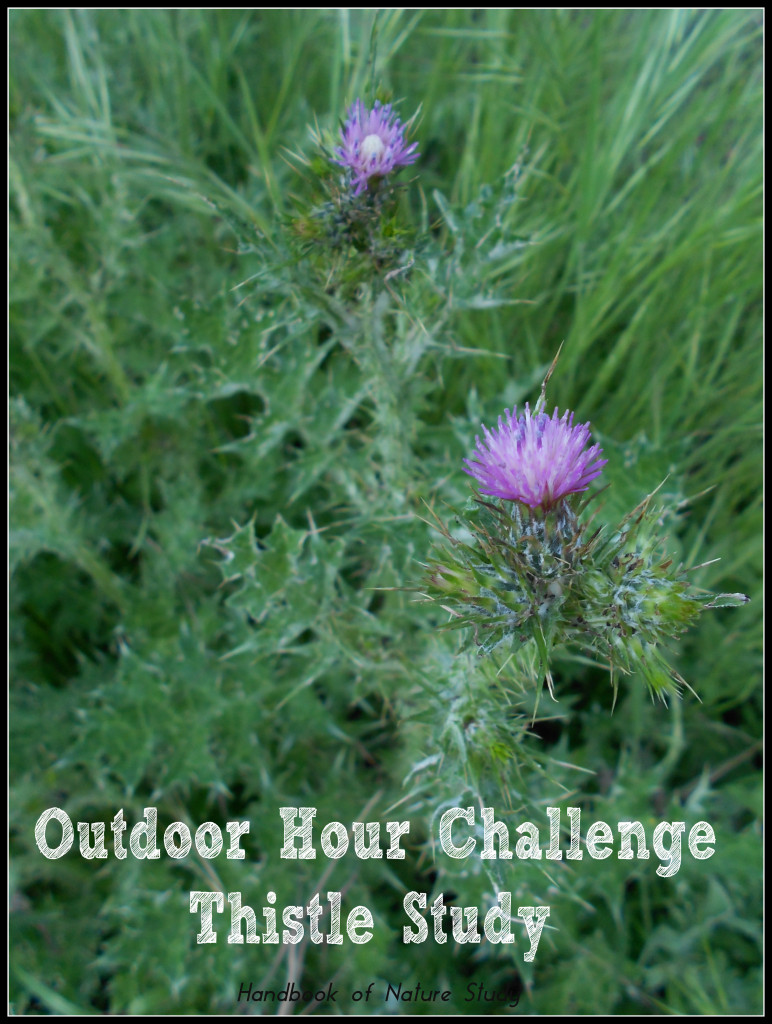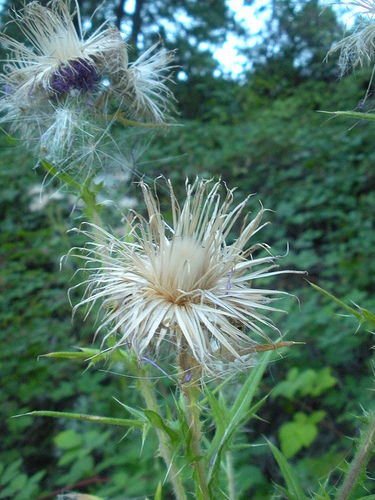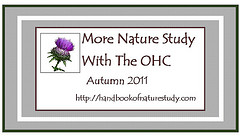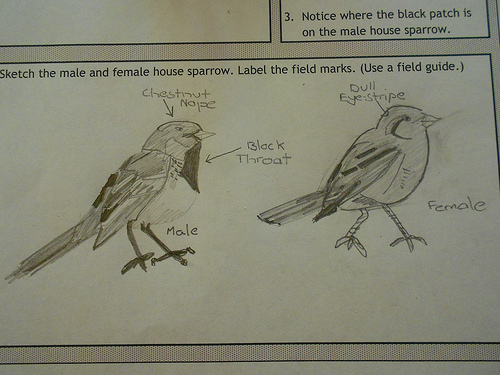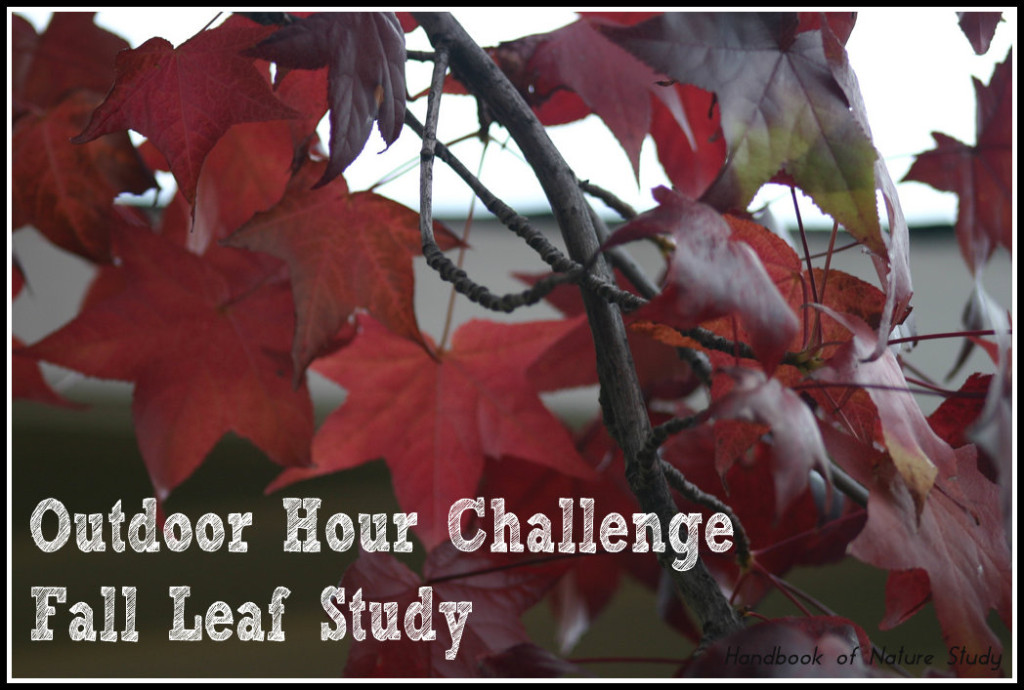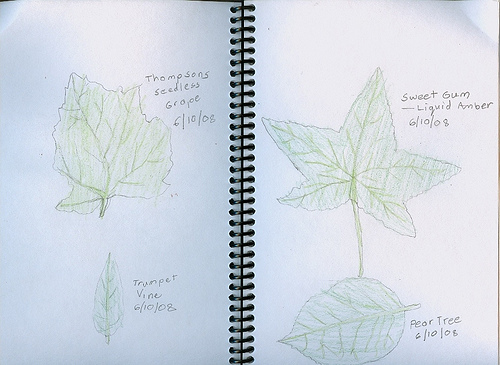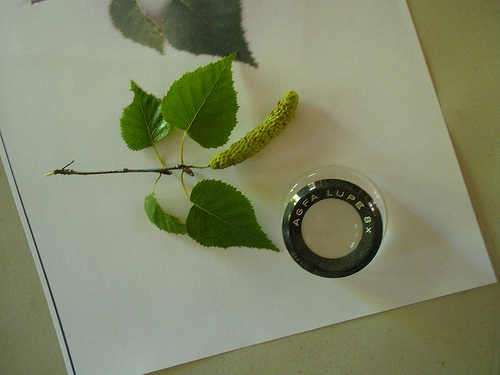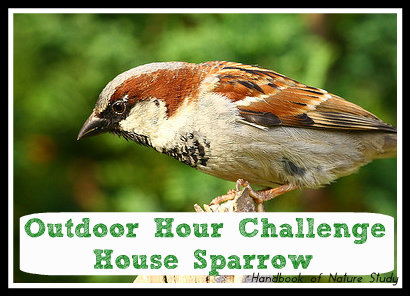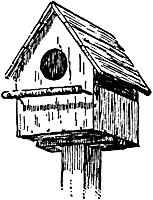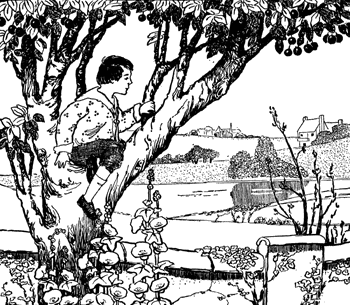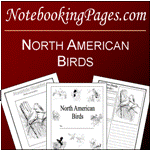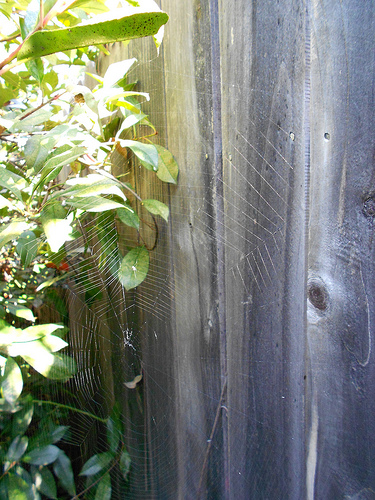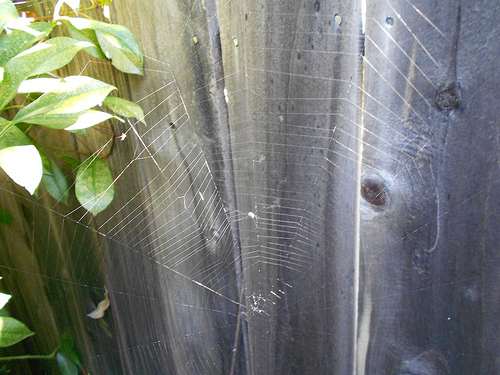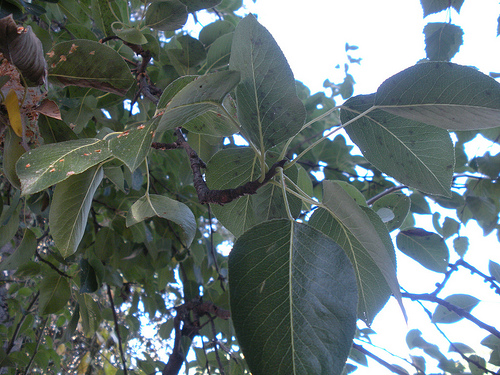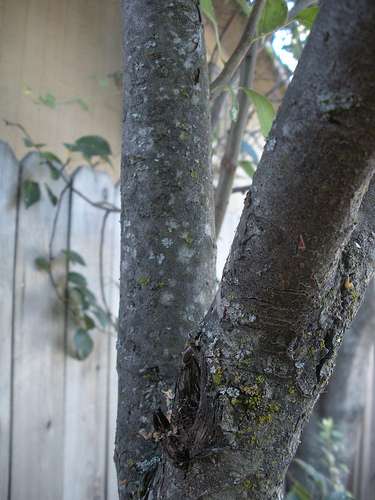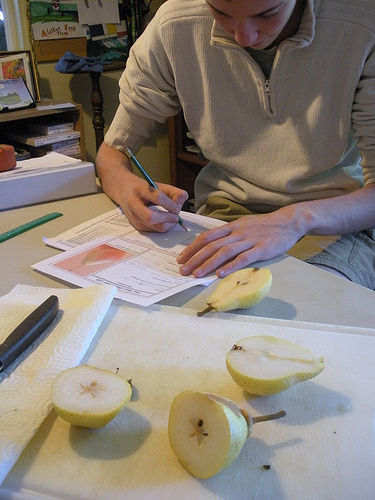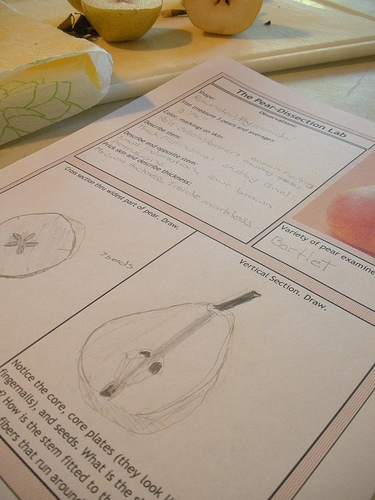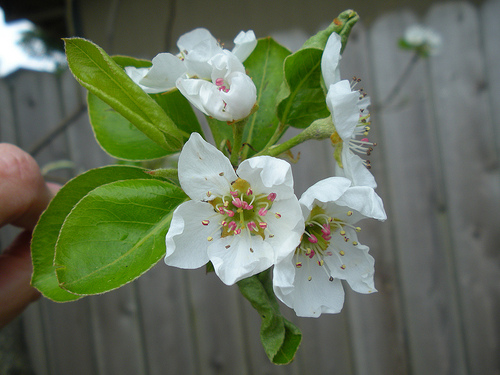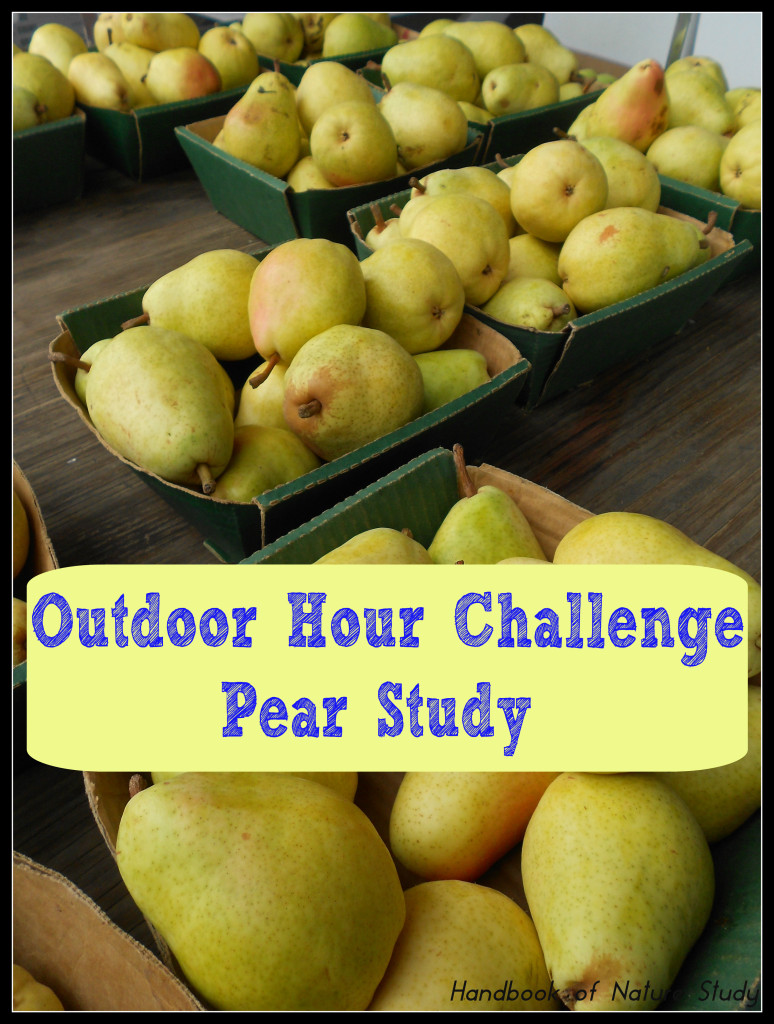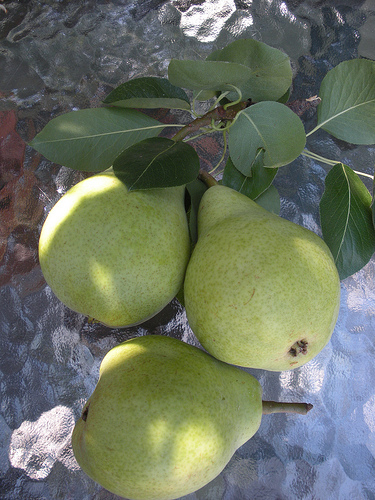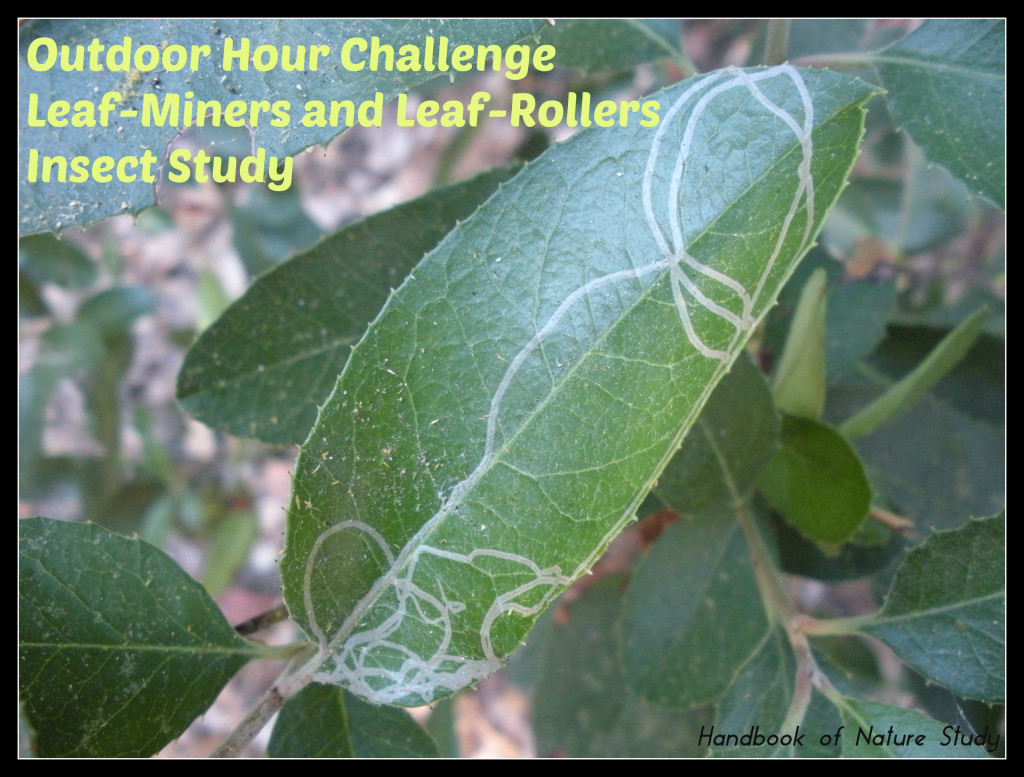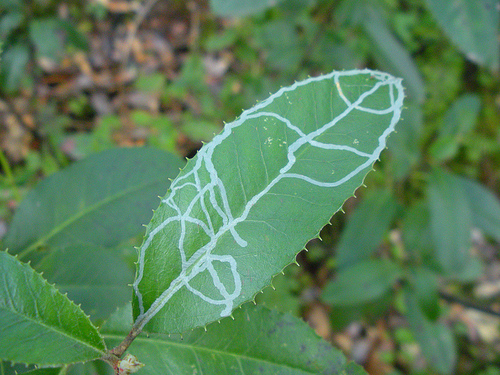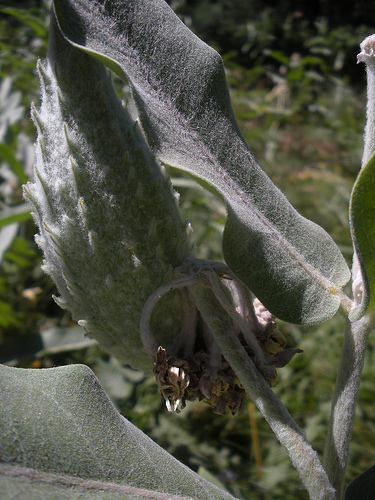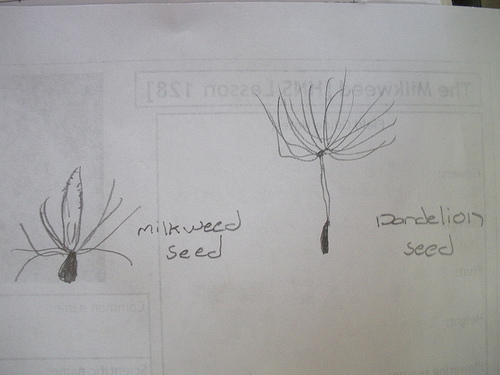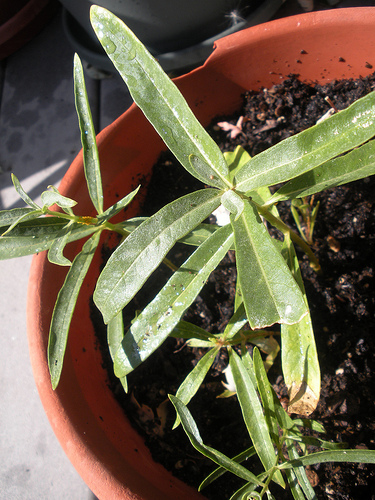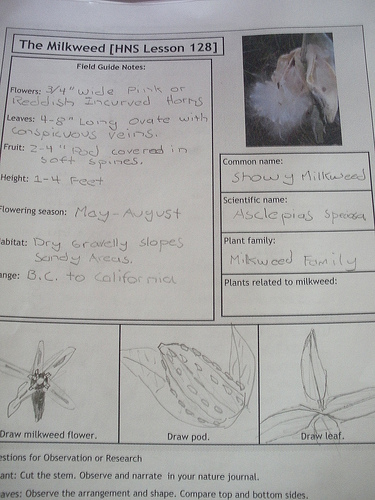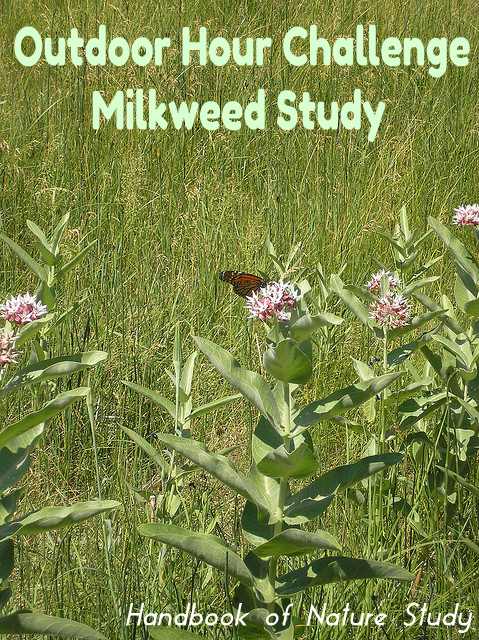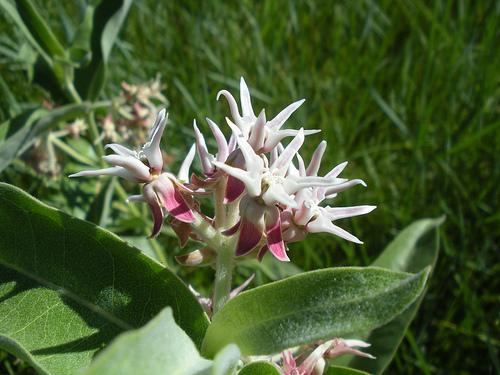“On looking at the thistle from its own standpoint, we must acknowledge it to be a beautiful and wonderful plant. It is like a knight of old encased in armor and with lance set, read for the frey.”
Handbook of Nature Study 524
More Nature Study with the OHC #9
Thistles
Inside Preparation Work:
- Read in the Handbook of Nature Study pages 524-526 (Lesson 141).
- Read and view Common Thistle Information and Canada Thistle Information. View the range maps to see which plants you have in your area.
Outdoor Hour Time:
- Spend part of your Outdoor Hour time looking for thistles or other autumn fall flowers. The thistle is a composite flower like many other autumn blooming flowers: goldenrod, aster, yarrow, burdock, chicory, and even the dandelion. If you can’t find a thistle, choose one of the other composite flowers you have access to as part of this challenge.
- If you can pull the thistle up by the roots, this will be the subject of your nature study once you return home. Make sure you are pulling a thistle where you have permission from the landowner. (I suggest taking gloves with you for this part of the activity.)
Follow-Up Activities:
- If you were able to bring a thistle plant inside with you, take time to carefully observe all the parts of the plant. Use the suggestions from the lesson in the Handbook of Nature Study to guide your children in noticing the major parts of the thistle. In autumn you will probably need to focus on the dried flower head and seeds.
- Give time to complete a nature journal, a notebook page (available in the ebook), and/or a coloring page. There are three different coloring pages available for this challenge in the ebook.
- Watch this video on YouTube (Bull thistle) .
- Advanced Follow-Up: Watch this video about Canada Thistle on YouTube.com.
- Advanced follow-up: Sketch and compare the thistle to two other seeds you find in the autumn.
This challenge is part of the More Nature Study – Autumn series. All of the challenges are gathered into one ebook with notebooking pages (regular and for advanced students) and additional resources. You can gain access to this ebook by purchasing an Ultimate Naturalist membership here on the Handbook of Nature Study. See the Join Us page by clicking the link at the top of the website for more information about what comes with your Ultimate membership.

